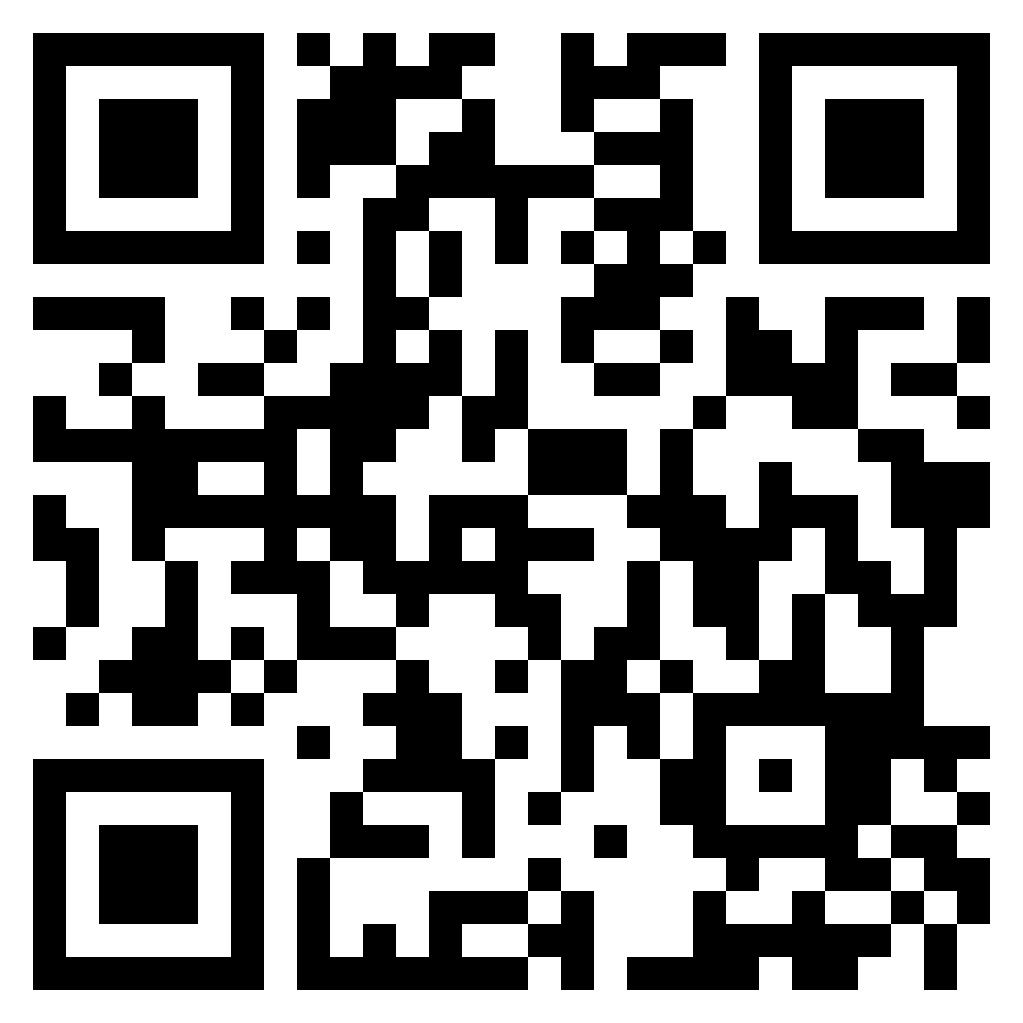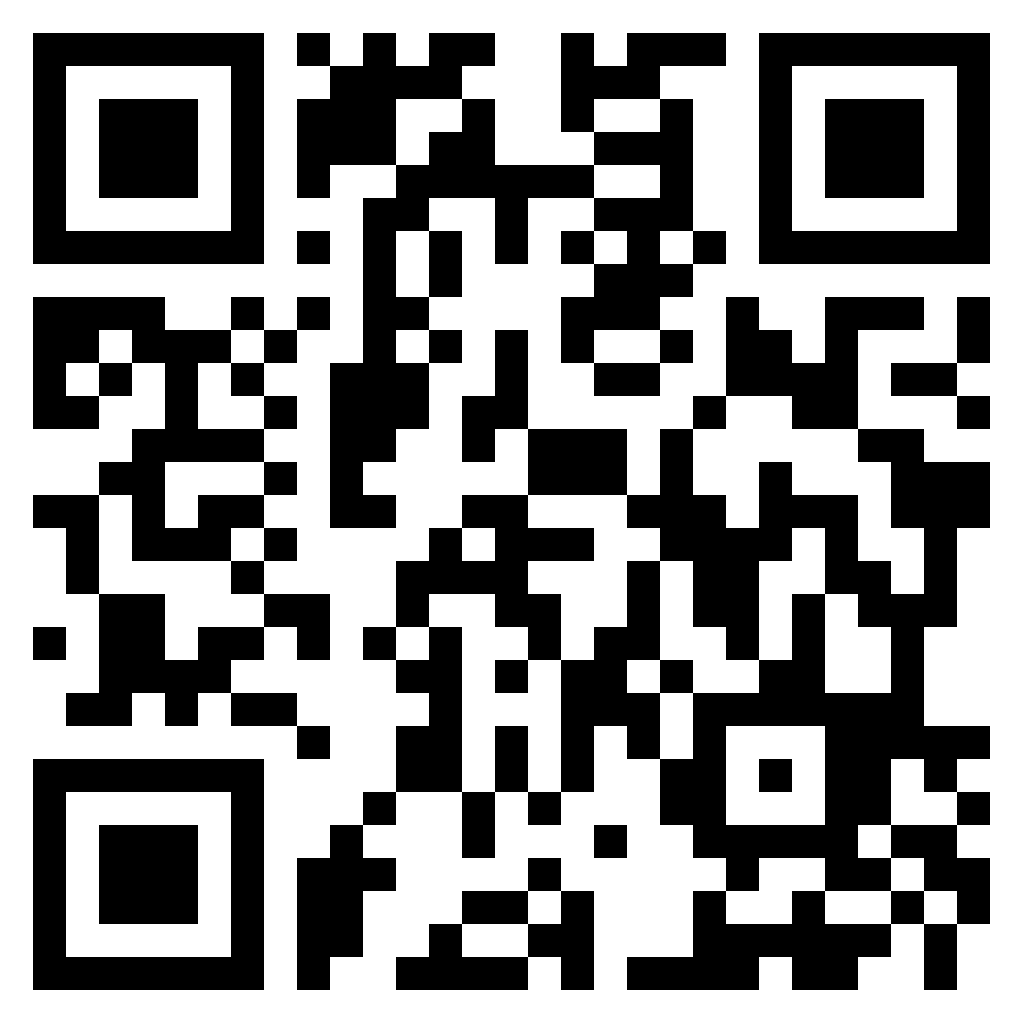Psychological Review of Visual Communication on the Instagram Platform: Analysis of Support for SDGs-5 Empowerment for Gender Equality
DOI:
https://doi.org/10.46961/mediasi.v5i2.1235Keywords:
Gender Equality, Instagram, Psychological, SDGs, Visual CommunicationAbstract
This research conducts a comprehensive exploration of the psychological dimensions of visual communication on the Instagram platform, specifically analyzing its support for the Sustainable Development Goals (SDGs) with a focus on SDGs 5 for gender equality and empowerment. SDGs 5 is critical in promoting global gender equality and contributing to sustainable development. This research investigates the diverse roles of Instagram as a medium for disseminating information, education, advocacy, inspiration and collaboration regarding gender issues and women's rights. This research uses a qualitative approach using literature study methods to comprehensively investigate the psychological dimensions of visual communication on the Instagram platform, especially in support of SDGs 5 for empowering gender equality. These findings underscore Instagram's important contribution, revealing its effectiveness in shaping perceptions, attitudes and behavior regarding SDGs5 goal. Despite its positive impact, ethical considerations and challenges related to credibility, privacy and security require careful attention. This research provides valuable insights for stakeholders, offering a psychological review of visual communication on Instagram and improving strategies for achieving SDGs 5 empowerment and gender equality in a sustainable manner.
References
Al-Rawi, A. (2019). News values on Instagram: A comparative study of international news organizations. Media and Communication. 7(2), 77–88
Alhabash, S., & Ma, M. (2017). A tale of four platforms: Motivations and uses of Facebook, Twitter, Instagram, and Snapchat among college students?. Social Media + Society. 3(1), 1–13
Bakhshi, S., Shamma, D. A., & Gilbert, E. (2014). Faces engage us: Photos with faces attract more likes and comments on Instagram. In Proceedings of the SIGCHI Conference on Human Factors in Computing Systems (pp. 965–974). ACM
Bateman, J. A. (2014). Text and image: A critical introduction to the visual/verbal divide. London: Routledge
Belingheri P, Chiarello F, Fronzetti Colladon A, Rovelli P (2021) Twenty years of gender equality research: A scoping review based on a new semantic indicator. PLoS ONE 16(9): e0256474. https://doi.org/10.1371/journal.pone.0256474
Caleo, S., & Heilman, M. E. (2019). What could go wrong? Some unintended consequences of gender bias interventions. Scientific Psychology, 7(1), 71–80. https://doi.org/10.1037/arc0000063
Creswell, J. W. (2014). Research design: qualitative, quantitative, and mixed methods approaches. Thousand Oaks: Sage publications
Derous, E., & Pepermans, R. (2023). Gender discrimination in hiring: Intersectional effects with ethnicity and cognitive job demands. Scientific Psychology, 7(3), 40–49. https://doi.org/10.1037/arc0000061
Dhir, A., Pallesen, S., Torsheim, T., & Andreassen, C. S. (2016). Do age and gender differences exist in selfie-related behaviours? Computers in Human Behavior. 63, 549–555
Dijck, J. van. (2013). The culture of connectivity: A critical history of social media. UK: Oxford University Press
Duggan, M., Ellison, N. B., Lampe, C., Lenhart, A., & Madden, M. (2015). Social media update 2014. UK: Pew Research Center
Fakih, M. (2001). Analisis Gender dan Transformasi Sosial. Jakarta: Pustaka Pelajar
French, D., & Kotzé, L. J. (Eds.). (2018). The Cambridge handbook of the implementation of the sustainable development goals and international law. UK: Cambridge University Press
Giles, H., & Harwood, J. (Eds.). (2017). The Oxford handbook of intergroup communication. UK: Oxford University Press
Gilrane, V. L., Wessel, J. L., Cheung, H. K., & King, E. B. (2019). The consequences of making the right impressions for STEM women: Meta-stereotypes, impression management, and supervisor ratings. Scientific Psychology, 7, 22–31. https://doi.org/10.1037/arc0000065
Goffman, E. (1959). The presentation of self in everyday life. New York: Doubleday
Greene, J. O., & Burleson, B. R. (Eds.). (2003). Handbook of communication and social interaction skills. Mahwah, NJ: Lawrence Erlbaum Associates
Hargie, O. (2016). The handbook of communication skills (4th ed.). London: Routledge
Haunschild, R., Bornmann, L., & Marx, W. (2020). Mapping scholarly publications related to the sustainable development goals: A data-driven approach. Quantitative Science Studies. 1(3), 1092–1117
Hebl, M., & King, E. B. (2019). Gender equality in the workplace: An introduction. Scientific Psychology. 7(1), 1–3. https://doi.org/10.1037/arc0000071
Highfield, T., & Leaver, T. (2016). Instagrammatics and digital methods: Studying visual social media, from selfies and GIFs to memes and emoji. Communication Research and Practice. 2(1), 47–62
Huang, J., Gates, A. J., Sinatra, R., & Barabási, A.-L. (2020). Historical comparison of gender inequality in scientific careers across countries and disciplines. PNAS Proceedings of the National Academy of Sciences of the United States of America, 117(9), 4609–4616. https://doi.org/10.1073/pnas.1914221117
Hu, Y., Manikonda, L., & Kambhampati, S. (2014). What we Instagram: A first analysis of Instagram photo content and user types. In Proceedings of the Eighth International AAAI Conference on Weblogs and Social Media (pp. 595–598). AAAI Press
Ikouta Mazza, P. (2020). Concepts of sustainable development; a literature review and a systematic framework for connecting the role of education with the sustainable development goals (SDGs). International Journal of Humanities Social Sciences and Education. 8(8), 66–77
Jenkins, H., Ford, S., & Green, J. (2013). Spreadable media: Creating value and meaning in a networked culture. New York: New York University Press
Kaplan, A. M., & Haenlein, M. (2010). Users of the world, unite! The challenges and opportunities of social media. Business Horizons. 53(1), 59–68
Kietzmann, J. H., Hermkens, K., McCarthy, I. P., & Silvestre, B. S. (2011). Social media? Get serious! Understanding the functional building blocks of social media. Business Horizons. 54(3), 241–251
Knapp, M. L., & Daly, J. A. (Eds.). (2011). The SAGE handbook of interpersonal communication (4th ed.). Thousand Oaks: SAGE Publications
Kostelnick, C., & Hassett, M. (2003). Shaping information: The rhetoric of visual conventions. Carbondale: Southern Illinois University Press
Kress, G., & Van Leeuwen, T. (2006). Reading images: The grammar of visual design (2nd ed.). London : Routledge
Leal Filho, W., Azul, A. M., Brandli, L., Özuyar, P. G., & Wall, T. (Eds.). (2019). Good health and well-being: Encyclopedia of the UN sustainable development goals. Switzerland: Springer
Lee, E., Lee, J. A., Moon, J. H., & Sung, Y. (2015). Pictures speak louder than words: Motivations for using Instagram. Cyberpsychology, Behavior, and Social Networking. 18(9), 552–556
Littlejohn, S. W., & Foss, K. A. (2017). Theories of human communication (11th ed.). IL: Waveland Press
Lomborg, S., & Bechmann, A. (2014). Using APIs for data collection on social media. The Information Society. 30(4), 256–265
Madera, J. M., Ng, L., Sundermann, J. M., & Hebl, M. R. (2019). Top management gender diversity and organizational attraction: When and why it matters. Scientific Psychology, 7, 90–101. https://doi.org/10.1037/arc0000060
Neuman, W. L. (2013). Social research methods: Qualitative and quantitative approaches. Boston: Pearson
Michelmore, K., & Sassler, S. (2016). Explaining the Gender Wage Gap in STEM: Does Field Sex Composition Matter? The Russel Sage Foundation Journal of the Social Sciences Vol.2 No.4, 194-215
Miller, K. (2014). Organizational communication: Approaches and processes (7th ed.). Stamford: Cengage Learning
Nussbaum, J. F. (Ed.). (2018). Oxford research encyclopedia of communication. UK: Oxford University Press
Patel, H. R., & Lee, S. M. (2017). Social media use and its impact on communication satisfaction. Cyberpsychology, Behavior, and Social Networking. 20(5), 301-312
Papacharissi, Z. (2015). Affective publics: Sentiment, technology, and politics. UK: Oxford University Press
Puspitawati, H. (2013). Konsep, Teori dan Analisis Gender. Bogor: Departemen Ilmu Keluarga dan Konsumen Fakultas Ekologi Manusia Institut Pertanian Bogor
Rettberg, J. W. (2014). Seeing ourselves through technology: How we use selfies, blogs and wearable devices to see and shape ourselves. UK: Palgrave Macmillan
Sachs, J., Kroll, C., Lafortune, G., Fuller, G., & Woelm, F. (2021). Sustainable Development Report 2021. UK: Cambridge University Press
Sheldon, P., & Bryant, K. (2016). Instagram: Motives for its use and relationship to narcissism and contextual age. Computers in Human Behavior. 58, 89–97
Stjernfelt, F., & Sonesson, G. (Eds.). (2017). Signs and meaning: 5 questions. Denmark: Automatic Press
Tversky, B. (2011). Visualizing thought. Cognitive Science. 3(3), 499–535
Turner, G. F., & Clark, E. M. (2016). Gender differences in communication styles: A meta-analysis. Psychological Bulletin. 142(6), 589-625.
UNICEF. (2018). Harnessing the power of data for girls: Taking stock and looking ahead to 2030.
United Nations. (2015). Transforming our world: the 2030 Agenda for Sustainable Development. From https://SDGs.un.org/goals
Veirman, M. D., Cauberghe, V., & Hudders, L. (2017). Marketing through Instagram influencers: The impact of number of followers and product divergence on brand attitude. International Journal of Advertising. 36(5), 798–828
Young, C., Fa-Kaji, N. M., Cheng, S., Beier, M. E., & Hebl, M. R. (2019). Answering prospective student e-mails: The effect of student gender, individuation, and goals. Scientific Psychology. 7, 12–21
Ware, C. (2008). Visual thinking for design. Burlington: Morgan Kaufmann
Watzlawick, P., Beavin Bavelas, J., & Jackson, D. D. (2011). Pragmatics of human communication: A study of interactional patterns, pathologies and paradoxes. New York: W. W. Norton & Company
World Economic Forum. (2018). The Global Gender Gap Report 2018. http://reports.weforum.org/global-gender-gap-report-2018/
Downloads
Published
How to Cite
Issue
Section
Citation Check
License
You are free to:
- Share — copy and redistribute the material in any medium or format
- Adapt — remix, transform, and build upon the material
- The licensor cannot revoke these freedoms as long as you follow the license terms.
Under the following terms: Attribution; NonCommercial; and no additional restrictions.















